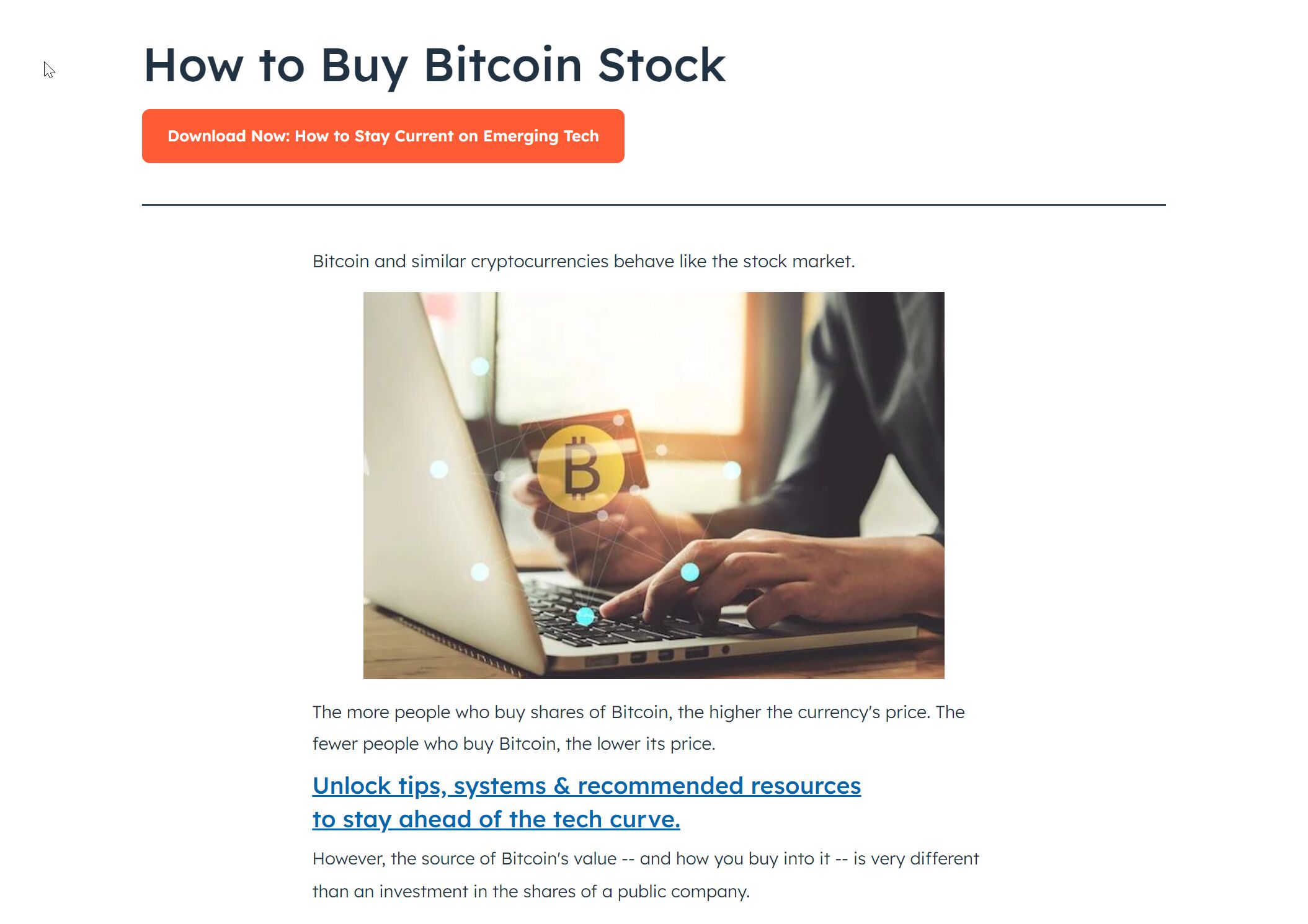Let’s get this out of the way from the very beginning.
No, link building is not dead, and frankly, it might never be. Why?
Although it might not play the leading role it did when Google initially launched its Search algorithm, earning hyperlinks or mentions from other relevant websites in your industry is still a powerful way of showing Google that your page should be deemed authoritative.
It seems like everything’s gotten a bit more complicated over the last few years when it comes to finding those link-building strategies that are able to increase online rankings and are also in accordance with Google’s guidelines.

Source: Giphy
You might want to consider reading our previous article about safely approaching link building.
TL;DR: although often a tedious process, link building is not something that you should ignore in 2021 as it’s still one of the top three most important ranking factors out there.
With tremendous amounts of content published each day, and people having their inboxes bombarded, one might feel helpless in the journey of earning backlinks for their online assets.
How can you take action as soon as possible in this space? What free tools can you leverage to build backlinks?
Join us as we uncover some of the most beginner-level link-building techniques that you could take advantage of right after reading our article series. Today, we’re thrilled to share one of our most low-hanging fruit strategies: Google Alerts.
Using Google Alerts to claim what’s yours and more
From the initial setup, tips & tricks, and tracking – here’s what you need to know in order to maximize your link-building efforts using Google Alerts.
- First off, you need to set up Google Alerts for specific brand queries ->
- Let’s imagine you run an email marketing software for small businesses called SendAway. We recommend setting up basic brand name alerts as such:
“SendAway” -site:sendaway.com
“Send Away” -site:sendaway.com
“SendAway.com” -site:sendaway.com
This way you should be able to pick up relevant notifications from Google’s database, without triggering alerts when your own website publishes new content (hence the -site:sendaway.com part). Adding quotation marks will trigger only exact match searches, thus helping you avoid most of the noise from reaching your inbox.
- You could also set up specific alerts targeting the types of products sold by your business:
“email marketing” -site:sendaway.com
“email tools” -site:sendaway.com
“email templates” -site:sendaway.com
“email marketing software” -site:sendaway.com
“email automation” -site:sendaway.com
You can use any search operator aka the special commands available for an enhanced Google Search experience, so hopefully, you’ll have some fun while setting alerts. If you’re not familiar with search operators, Ahrefs did a great job at creating a comprehensive list.
- Now that you have your alerts in place, it’s time to wait for some Google magic. As per your setup, relevant alerts will be sent to the email address you’ve used initially. What you’re looking for in an opportunity is when a mention comes from another website, but there’s no backlink attached to your brand.
- When that happens, you can use a tool like Hunter.io or manually check a website’s contact and/or advertising pages in order to find their contact information. Now, you are ready to send a pitch asking if they could also add a backlink to your text mention. We suggest that you prepare the pitch beforehand and simply change certain fields for personalization reasons.
- What? An email template that you could use right away?
Yes, of course, we have a turnkey template for you – however, we do recommend creating one that accurately suits your style and brand voice:
Subject line: Thank you for the mention!
Email body:
“Hey [Name, Website],
I just noticed that you’ve mentioned [Me, My Brand, My Product, etc.] on your site: [Link].
Thank you for endorsing our efforts, it’s always a pleasure to meet people that find our [Content, Products, Resources, etc.] useful and valuable for their [readers, audience, etc.].
Would you mind linking back to us for attribution purposes?
Let me know if you’d like us to share any insights.
Talk soon,
[YourName]”
- As a final step, make sure to add the opportunity to a link-building status sheet alongside outreach dates so that you can send follow-up emails easier and smarter (don’t expect to get a response straight off the bat, these will typically require a sequence)
However, honest disclosure, you should set realistic outcome expectations in accordance with your business/brand growth phase.
When such mentions do pop up, you know you’re halfway towards earning a new link. With the author already being familiar with your business and products, there’s a good chance they’ll be responsive to your email.
Wrapping up for now
Important note: Google previously announced that they can pick up on unlinked mentions BUT that they do not pass PageRank. This means that striving to earn that link will definitely pay off in the long run. Furthermore, you should know that a no-follow link is also better than nothing at all thanks to Google treating it “as a way to better understand how to appropriately analyze and use links within our systems.”
Feel free to drop us a comment if you have any questions. Hopefully, you’ll find our article motivating and jump straight to the action.
Until our next link building 101 article – remember that link building is a marathon, not a sprint!
Content Copyrights Belong to The Author. All Rights Reserved.
We're A Dallas Digital Marketing Agency That is Experts At Social Media Marketing, Website Design and Emarketing and Promotion.



